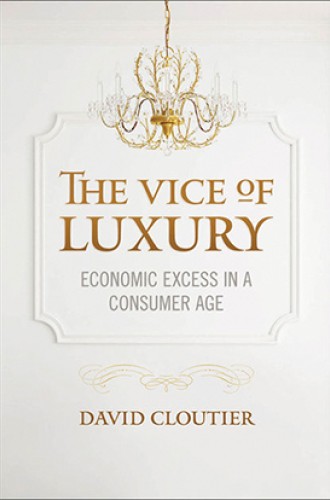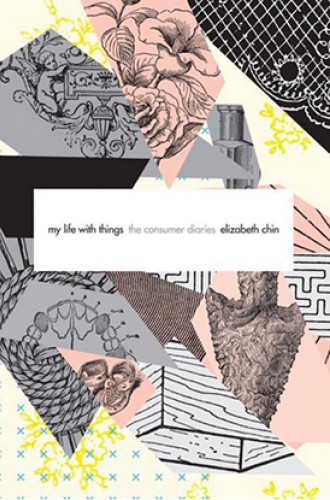The joy of things and the trap of excess
An ethicist and an anthropologist ask: How much is too much?
A few years ago, my mother-in-law gave us an electric heated mattress pad. I didn’t know such things existed, hadn’t asked for it. What an incredibly ridiculous extravagance, I thought. Then I got into bed on a cold night with the heater turned on and wondered how on earth I had lived without it for so long.
I thought of that extravagant mattress pad as I read David Cloutier’s argument for seeing luxury as a moral problem. We must, he argues compellingly, recognize luxury as a vice and confront our propensity toward excess if we are to overcome the inequalities that plague our society and move closer to the kingdom of God.
A Catholic scholar at Mount St. Mary’s University in Emmitsburg, Maryland, Cloutier turns often to the teachings of the pope as a source of wisdom. But he also engages a wide range of ancient and contemporary voices. Given its primarily scholarly tone, this book is more likely to find an audience in the academic classroom than the congregational discussion group. Yet it offers important contributions to the conversation about how to live faithfully and responsibly with what we have.






